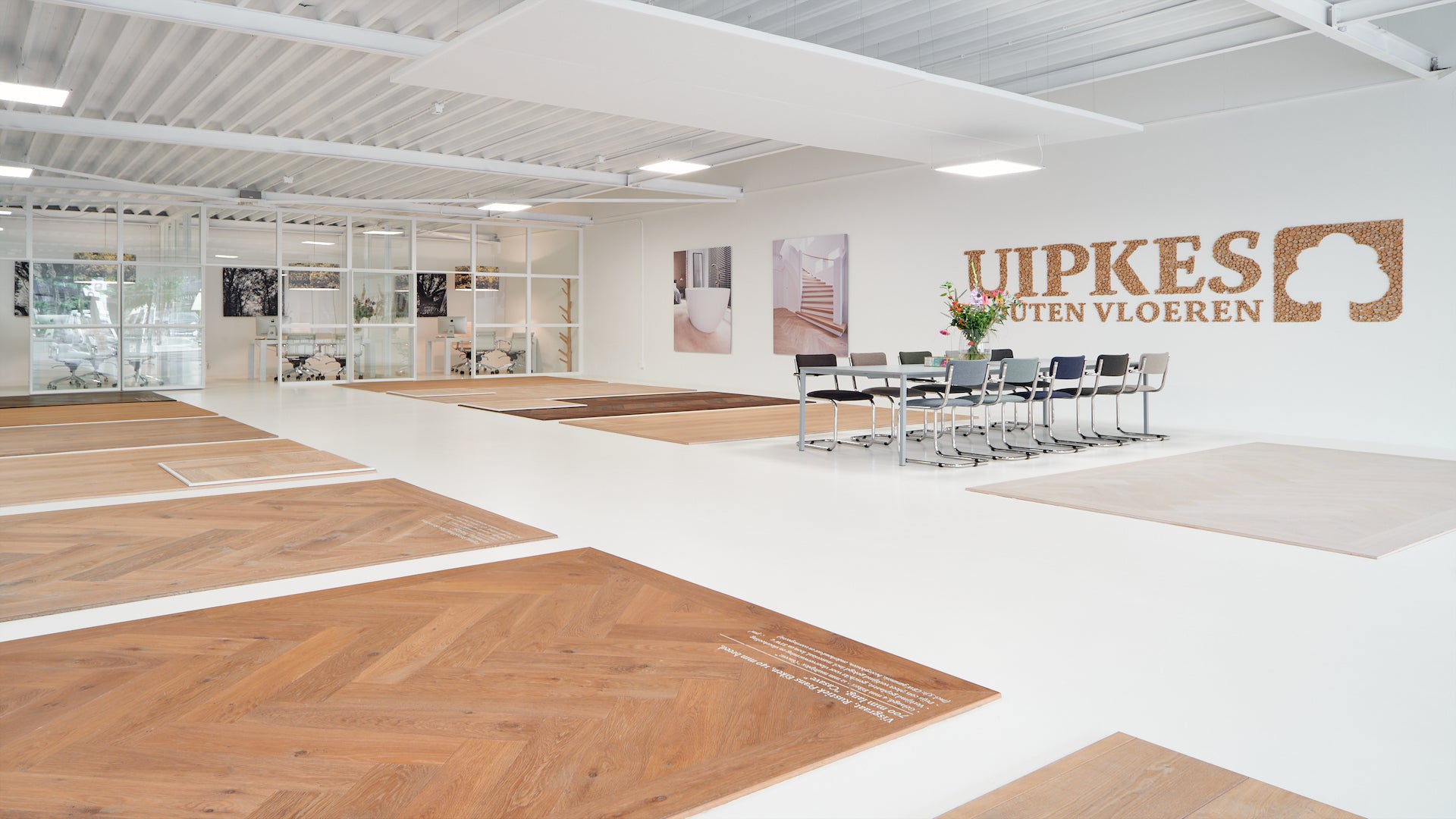Stadsverwarming
Discover the versatility of district heating systems and how they contribute to energy efficiency and environmental friendliness. Learn about different types of sources and their benefits for sustainable heating in urban environments.
Bezoek de showroom
To arise
District heating, also known as district heating, is a concept that emerged in the late 19th and early 20th centuries. The essence is to use residual heat, from power stations, industrial processes or waste incineration plants, for example, to heat water that is then transported to homes and businesses via a network of insulated pipes.
Operation
A central heat source produces hot water or steam. This is then transported via a network of insulated pipes to homes and other buildings. Once there, the heat is released to the building's internal heating system, and the cooled water is returned to the central source to be reheated. District heating can be connected to tens of thousands of houses at the same time or only to a block of houses, this is called block heating.
Characteristics
- Efficient Energy Use: District heating makes optimal use of residual heat and renewable sources, which minimizes energy waste.
- Lower CO2 Emissions: By reducing individual heating sources and using green heat sources, district heating contributes to lower CO2 emissions.
- Reliability: Central heat production ensures reliable heating, even in cold periods.
- Space savings: No individual boilers in buildings means more space and a more aesthetically pleasing landscape.
- Flexibility: District heating systems can be expanded and modernized to embrace new technologies.
- It is possible to combine district heating with underfloor heating and wood if you choose the right wood specie and floor construction that can distribute the heat evenly, so that the floor is not damaged.
Installing underfloor heating You can also have it taken care of by the Uipkes team. Contact us for the possibilities or come by for advice.
Bezoek de showroom
SWOT Analysis
STRENGTHS (STRENGTHS)
- Efficient use of energy.
- Reduces the need for fossil fuels in individual homes.
- Stable and predictable heat supply.
WEAKNESSES
- Initial investment for infrastructure is high.
- Dependence on one central source can be problematic in the event of disruptions.
OPPORTUNITIES (OPPORTUNITIES)
- Integration of sustainable heat sources such as geothermal or solar energy.
- Further modernization and expansion into new areas.
THREATS
- Technological advances in individual heating systems can make district heating less attractive.
- Infrastructure can become damaged or outdated.
Impact on the environment
- Reduction of CO2 emissions through efficient use of residual heat.
- Possible dependence on fossil fuels if the central heat source runs on them.
Magazine Vol inspiratie
Magazine aanvragenUsage costs
- Usually lower than traditional heating systems due to the efficient distribution and use of residual heat.
- Fixed monthly costs for connection and use.
Types of district heating
- Waste heat from industry: This system uses residual heat released from industrial processes or power stations. It reduces energy waste and reduces CO2 emissions.
- Waste incinerators: Heat from waste incinerators is used to heat water. This reduces the impact of waste and provides sustainable heating.
- Geothermal district heating: In geothermal district heating, heat is extracted from the earth through deep wells. It is renewable, reliable and has low CO2 emissions.
- Biomass as a heat source: Biomass, such as wood pellets, is burned to generate heat. It is CO2 neutral and contributes to sustainability.
Frequently Asked Questions
What is the main difference between district heating and a traditional central heating boiler?
District heating uses a central heat source and a network of pipes, while a central heating boiler produces heat locally in a home.
Can I combine underfloor heating on district heating with a wooden floor?
Yes, you can combine underfloor heating with a wooden floor when using district heating. It is important to ensure the right wood specie and floor construction that can distribute heat evenly to prevent warping.
Are there additional costs associated with the connection to district heating?
Yes, there are often fixed monthly costs for connection and use, but these can be offset by lower energy costs.
Is district heating sustainable?
This depends on the source of the central heat. If it uses residual heat or renewable sources, it is often more sustainable than traditional methods.
Can I connect my existing underfloor heating system to district heating?
Yes, district heating can usually be linked to existing underfloor heating systems.
What happens if the central heat source of the heating network fails?
This would mean that heat cannot be supplied temporarily. However, network administrators often have contingency plans and backup systems in place to minimize the impact.
- Choosing a selection results in a full page refresh.
- Opens in a new window.

